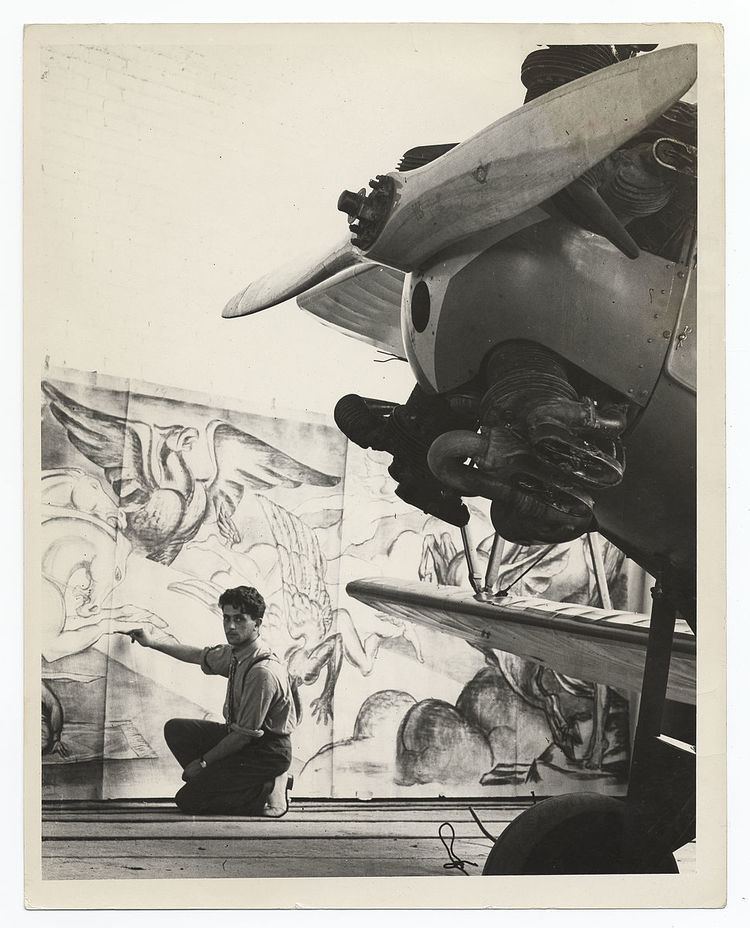 | ||
The Kinner K-5 was a popular engine for light general and sport aircraft developed by Winfield B. 'Bert' Kinner. With the boom in civilian aviation after Charles Lindbergh's transatlantic flight the K-5 sold well. The K-5 was a rough running but reliable engine and the K-5 and its derivatives were produced in the thousands, powering many World War II trainer aircraft. The K-5 was followed by the B-5, R-5 and R-55. Military engines were designated R-370
Contents
Applications
General characteristics
Components
Performance
References
Kinner K-5 Wikipedia(Text) CC BY-SA
